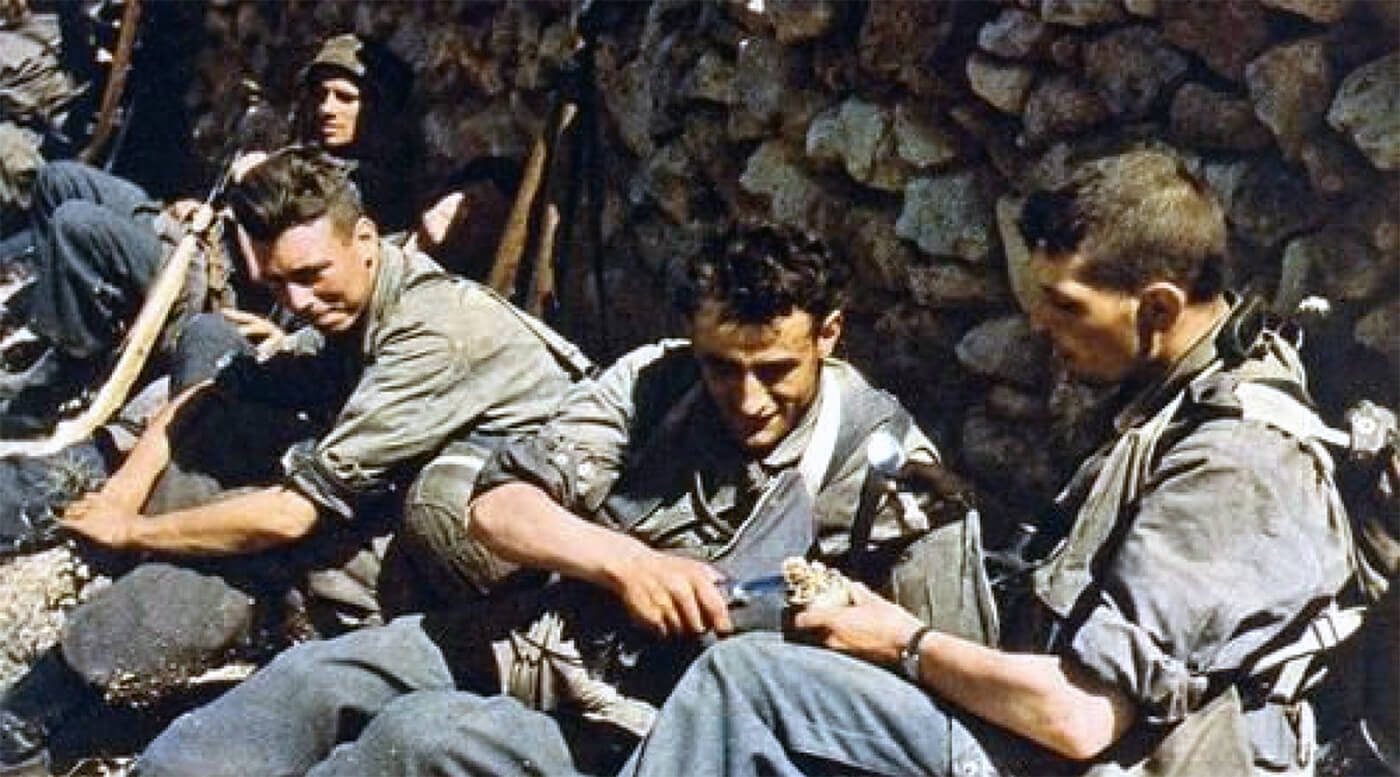| Special Forces Operations in April 1941 |
| April 15th, 1941 |
| Operation Addition I |
| Commandos |
| Brigade HQ, together with A Battalion (No. 7 Commando (Lieutenant Colonel Colvin)), C Battalion (No. 11 Commando (Lieutenant Colonel Pedder)), Layforce in the two Glen Landing Ships. Their mission is to disrupt enemy lines of communication and damage installations and equipment in Bardia, Libia. Four Troops of B Battalion (No 8 Commando (Lieutenant Colonel Daly)), Layforce in a destroyer. Submarine H.M.S. Triumph. On arrival in the landing areas the following night, the sea swell is too great to safely allow the folbots to disembark from their submarine and for the Commandos to re-embark from the beaches. The action is, therefore, called off. |
| April 19th, 1941 – April 20th, 1941 |
| Operation Addition II |
| Commandos |
| A Battalion (No. 7 Commando (Lieutenant Colonel Colvin)) Layforce, Landing Ship, Infantry (Large) H.M.S. Glengyle and Submarine H.M.S. Triumph. Their mission is to disrupt enemy lines of communication and damage installations and equipment in Bardia, Lybia. One Armoured Landing Craft cannot be lowered and there are difficulties with the release gear on the other craft. Nonetheless, the approaches to the beaches on the night are smoothly but there is no sign of the expected guiding lights from the shore. The placing of these lights is the responsibility of Layforce’s folbot section, under Roger Courtney. Later it becomes clear that the submarine carrying Courtney and his men, H.M.S. Triumph, is forced to take evasive actions when they come under friendly fire, causing the delay. Despite these setbacks, the detachments are only 15 minutes behind schedule when they land on the beaches. However, without the benefit of the guiding navigational lights, some Armoured Landing Crafts land on the wrong beaches. Fortunately, the landings are unopposed, and the men move inland to locate and destroy their various targets. In some cases, the task proves more difficult than expected, due to inaccurate or incomplete intelligence. Some targets do not exist or are found in unexpected locations. |
| April 1941 – Winter 1942 |
| Operation Clairvoyant |
| Special Operations Executive |
| A set of attacks on hydro-electric power plants at Tyssedal, Rjukan (where a nitrate factory was also to be attacked), Bjølvefoss, Høyanger, Saude and Stangfjord, and the ferry at Tinnsjø. All these facilities could support the manufacture of specialist metals or the German Nuclear Bomb Program. The planners fail to obtain the required aircraft for the operation. It also runs into objections from the Norwegian authorities. After this the plan is scaled down to a projected attack against Høyanger. One sortie was made but fails due of bad weather. After that the members of the party are severely injured in a car crash. The plan was resurrected at times to a period as late as the end of 1942. Eventually it is abandoned. |

